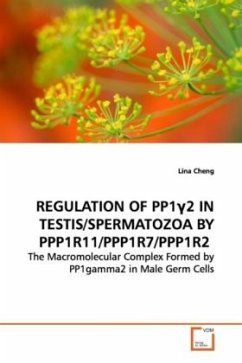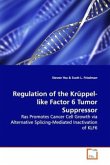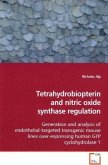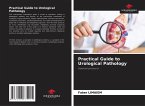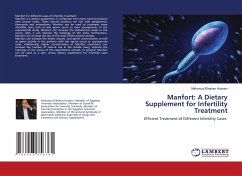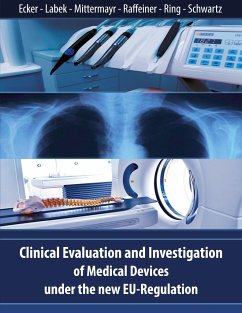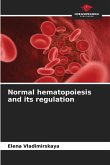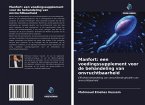In mouse testis, PP1 1 is restricted mainly to
somatic cells, while PP1 2
is primarily located in secondary spermatocytes and
germ cells, and the
only isoform detectable in mammalian spermatozoa.
Targeted deletion
of the PP1 gene results in sterile male mice.
Because the most
prominent marker of this phenotype is aberrant spermatid
morphogenesis, its primary cause may be the absence
of PP1 2 since
PP1 1 is mainly in somatic cells. To better
understand the role of
PP1 2 in mammalian testis/sperm, this dissertation
was undertaken to
explore PP1 2 interactions with its regulatory
proteins in testis/sperm.
Wild-type and mutant isoforms of PPP1R11/inhibitor 3
(I3),
PPP1R2/inhibitor 2 (I2) and a novel protein similar
to I2 were studied.
The studies from this dissertation provide important
insights into the
regulation of PP1 2 in testis and sperm.
somatic cells, while PP1 2
is primarily located in secondary spermatocytes and
germ cells, and the
only isoform detectable in mammalian spermatozoa.
Targeted deletion
of the PP1 gene results in sterile male mice.
Because the most
prominent marker of this phenotype is aberrant spermatid
morphogenesis, its primary cause may be the absence
of PP1 2 since
PP1 1 is mainly in somatic cells. To better
understand the role of
PP1 2 in mammalian testis/sperm, this dissertation
was undertaken to
explore PP1 2 interactions with its regulatory
proteins in testis/sperm.
Wild-type and mutant isoforms of PPP1R11/inhibitor 3
(I3),
PPP1R2/inhibitor 2 (I2) and a novel protein similar
to I2 were studied.
The studies from this dissertation provide important
insights into the
regulation of PP1 2 in testis and sperm.

